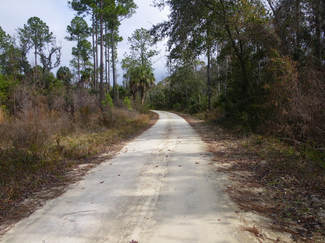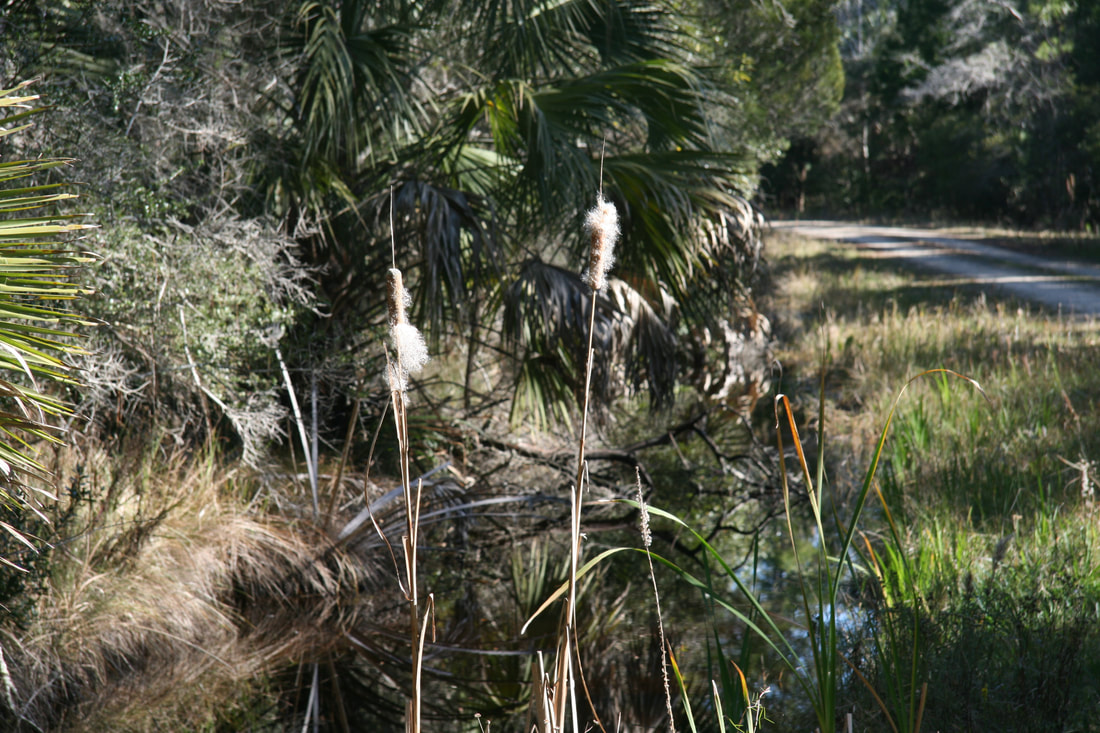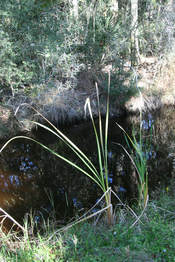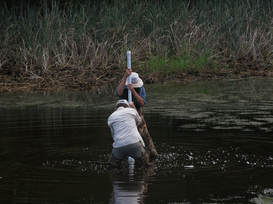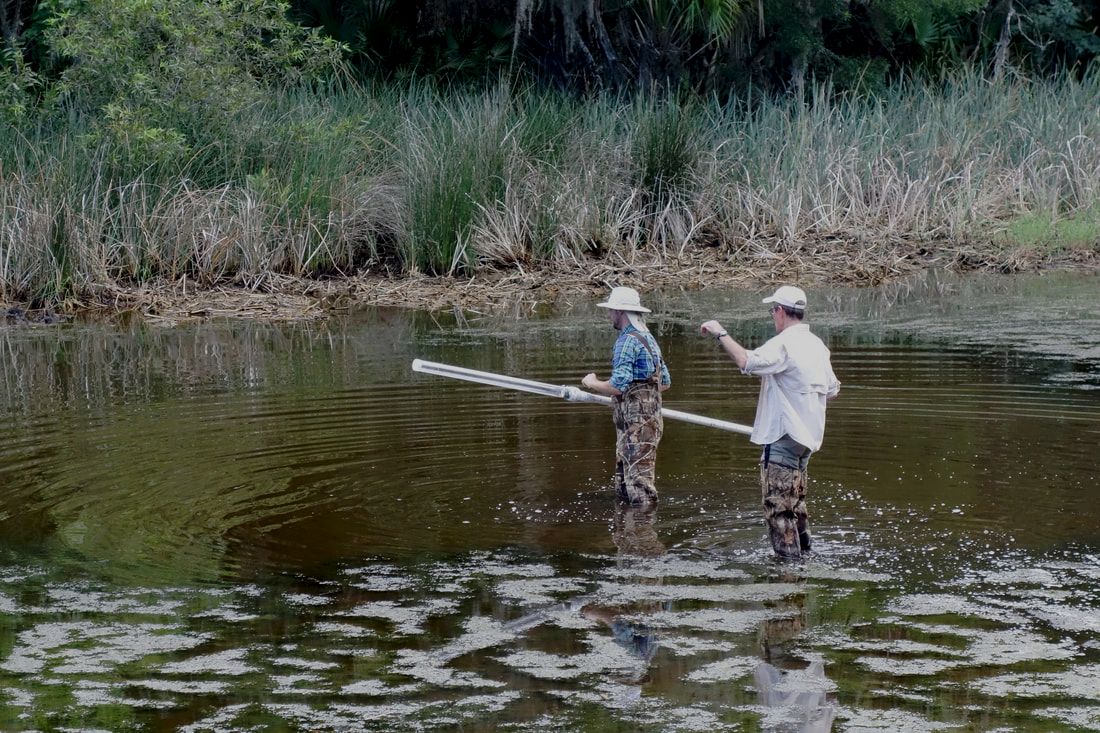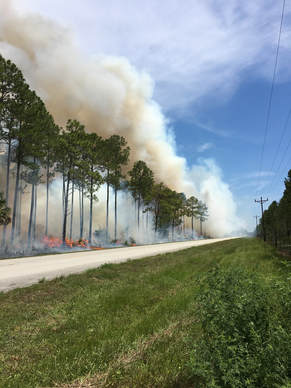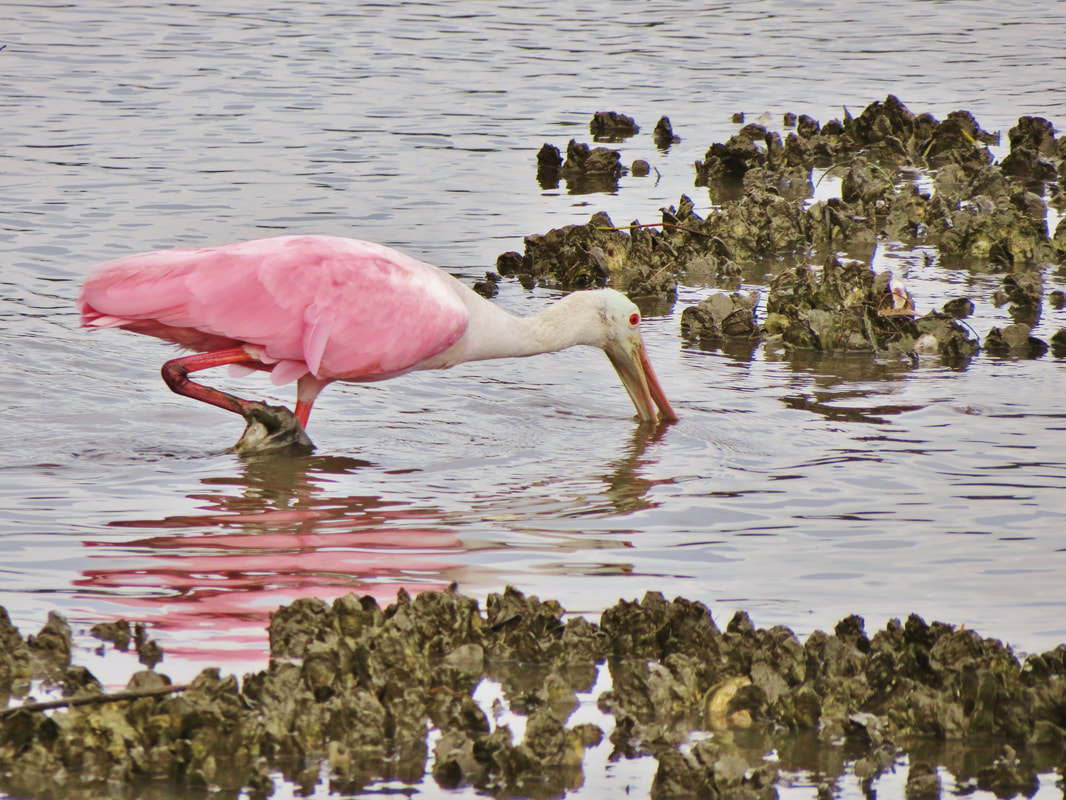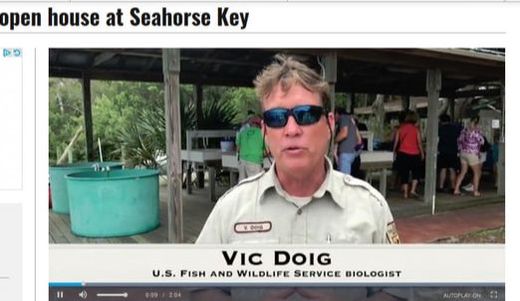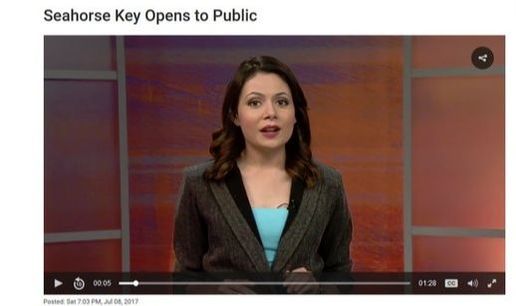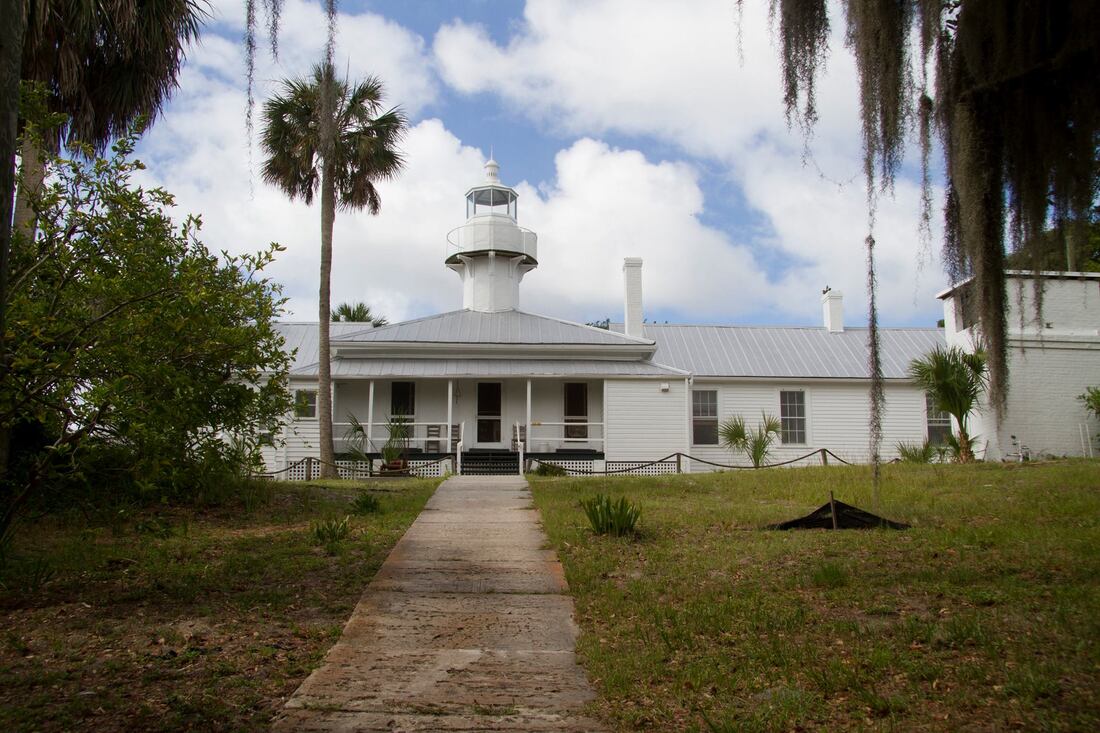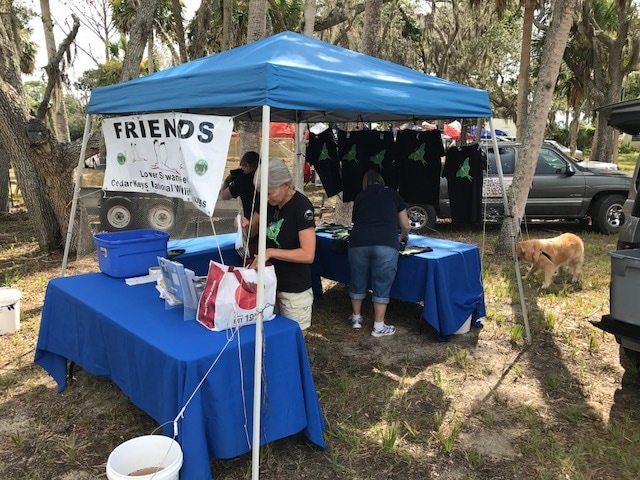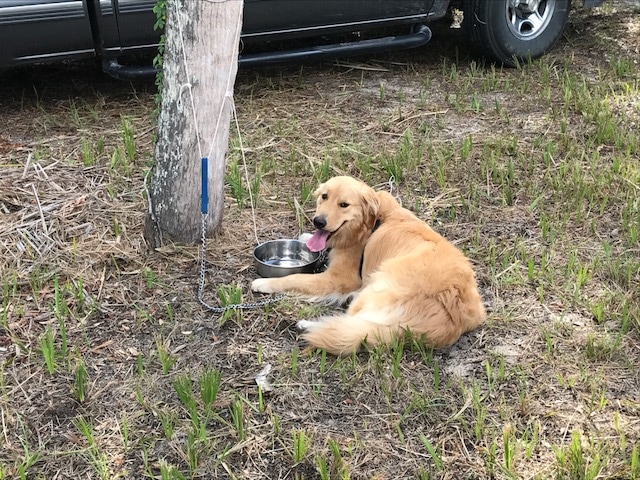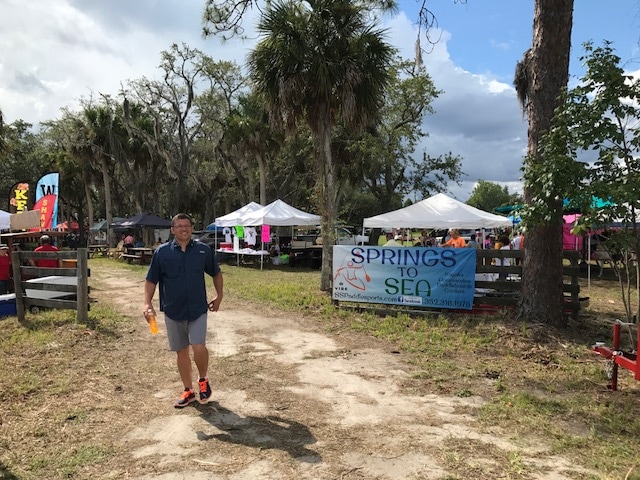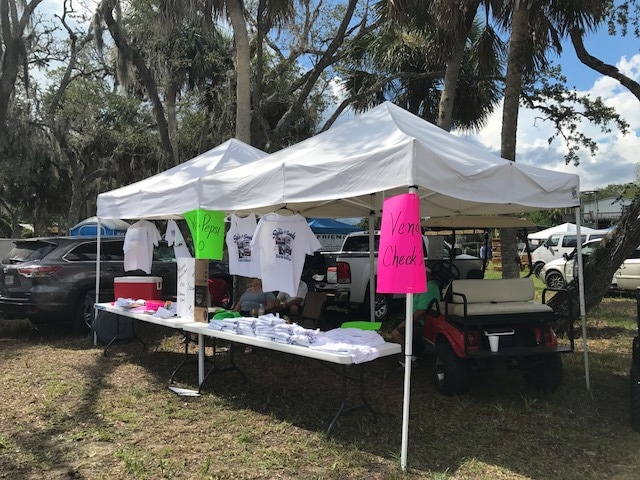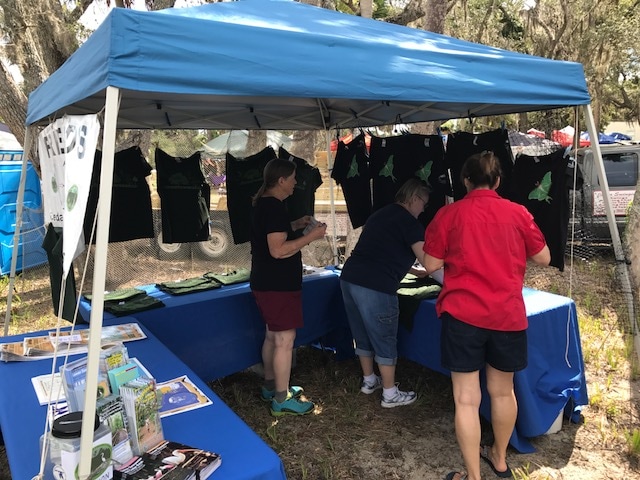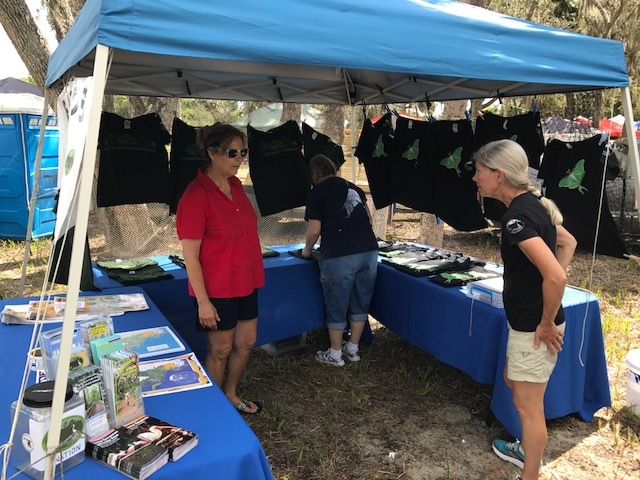|
The Dixie County roads department has been helping the short-staffed Refuge with limerock deliveries and grading on the Dixie Mainline. Friends of the Lower Suwannee and Cedar Keys Refuges adds its thanks to those of the Refuge staff. We all really appreciate the help!
0 Comments
The Lower Suwannee Refuge is working with several potential partners on submitting grants for Gulf oil spill funds to conduct a hydrologic engineering assessment in preparation for restoring more natural hydrology on the Refuge.
The 143 miles of Refuge roads and trails are former logging roads constructed to access timber stands. Natural hydrologic flow and connections to the Suwannee River Sound, estuary, and Big Bend region of the Gulf of Mexico is negatively impacted by this old road network. The roads function the same way levees or dikes would. They impound the water and in many instances redirect it into culverts, disrupting natural sheet flow. This blockage of surface flow means that much of this water does not make it to the estuary. It is detained long enough to evaporate inland altering the estuarine balance and the ecology and productivity of the nearshore waters. This affects freshwater and marine fisheries that are important for recreation and commerce. The proposals being worked on address the most significant road features, the Dixie Mainline and the southern half of the Nature Drive. They seek to restore hydrology on the Refuge through:
Researcher Joe Donoghue, of the Planetary Sciences Group in the Department of Physics at the University of Central Florida, and his graduate students are conducting research on the Lower Suwannee NWR to determine the paleo-climate of Florida. They are collecting sediment cores from coastal ponds that would likely have been inundated by marine water and sediment during long-ago storm surges. The sediment cores will be carbon-dated and analyzed to determine sediment grain size and geo-chemical make up. The results may be able to provide a history of major storm events in the region for as far back as several thousand years.
Friends members Libby Cagle and Roger McDaniels happened upon the researchers when taking visitors along the Nature Drive recently. After a severe drought dating back to last fall, the Refuge has finally gotten enough rainfall to resume prescribed burning. The Refuge recently conducted a successful 850-acre burn on the Triangle Loop area near Suwannee Town. With so many unfilled staff vacancies on the Refuge fire crew, the generous assistance provided by the Florida State Park Service, Florida Forest Service, and the staff of the St Marks NWR was greatly appreciated.
The new wading bird rookery at Snake Key had a great year with approximately 3,000-4,000 successful nests of all the usual species. After the birds abandoned the long-time rookery at Seahorse Key last year, many of them went to Snake Key. Luckily, the Refuge has been able to maintain several islands that are attractive for nesting and provide alternative rookery areas when needed in such unusual and remarkable circumstances.
Of note on Snake Key this year was a high number of Roseate Spoonbills nesting - 20 - 30 nests! Hard to believe as the Spoonbills were first recorded nesting in the area just 6 years ago at Seahorse Key with only 3 nests. The Refuge believes that a seasonal closure at Snake Key during next year's nesting season will be important to protect this growing rookery area. The Cedar Key Audubon Society Chapter is working in partnership with the Refuge to "adopt" the rookery and assist with signage and surveys. Many Friends members are also members of Cedar Key Audubon Chapter and we will be working together on several activities in coming months. Three Refuge staff members and several from the Nature Coast Biological Station welcomed more than 200 visitors during the Seahorse Key Open House on July 8. Both WCJB TV and the Gainesville Sun provide media coverage. Both links below take a while to load and include ads, but after all that, the stories about our Refuge are good ones.
Longtime Friends member, Barbara Woodmansee, has written about the Refuge in a lovely post, Be Here Now, on her blog, Last in Star. We thought you might like to visit there and read it. Here is a preview:
"The Lower Suwannee National Wildlife Refuge in north Florida is my first love of places near where I live. I have been wandering through this magical forest on both sides of the Suwannee river for the last 10 years. . . . " Also, be sure to visit our Butterfly page to see a primer she provided to Friends members. Join us at Seahorse Key on Saturday, July 8th from 9 AM - 3 PM for an Open House! The island is only open to the public about 4 days a year so don't miss your chance to see the historic light house and learn about the environments of the Lower Suwannee National Wildlife Refuge and Cedar Keys National Wildlife Refuge!
Friends board members Debbie Meeks, Debbie Jordan, Russ and Peg Hall (with Stela along) and Friends member Vonda Bacher and Leroy Harmon spent Saturday July 1 at the Town of Suwannee Festival talking to visitors, residents, and animal lovers about the Refuge. It was a glorious, hot, Florida day with big crowds enjoying it all despite the heat.
|
Archives
June 2024
|

Friends of the Lower Suwannee & Cedar Keys National Wildlife Refuges
P. O. Box 532 Cedar Key, FL 32625 [email protected] We are a 501(c)(3) nonprofit organization. |
|
